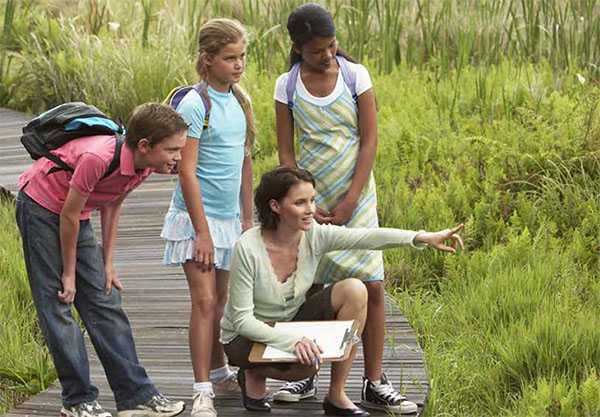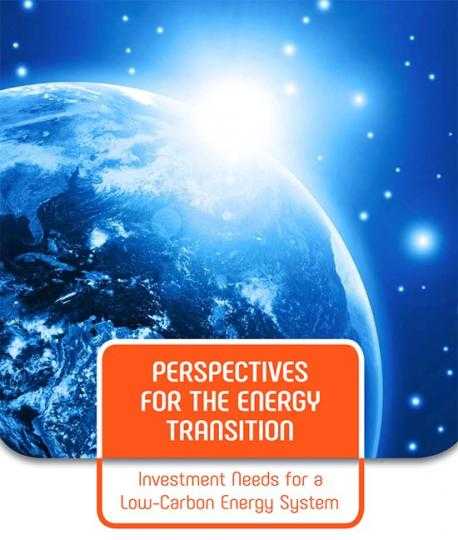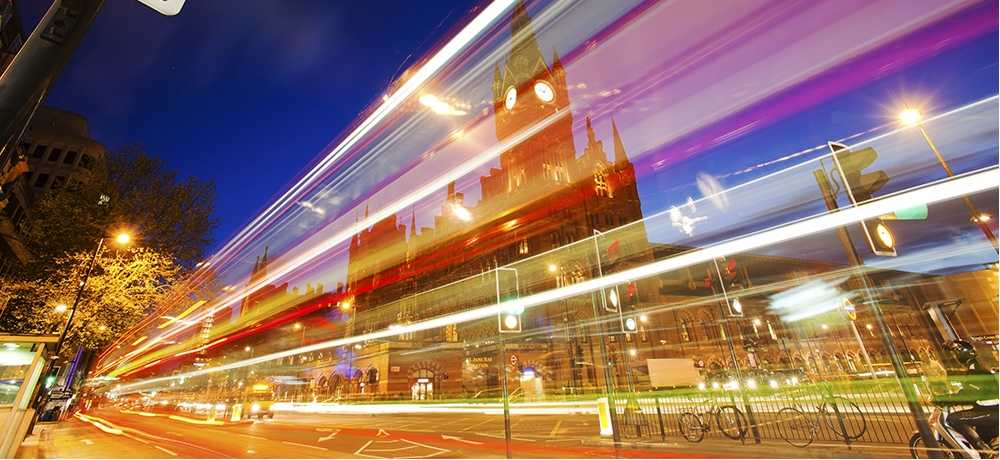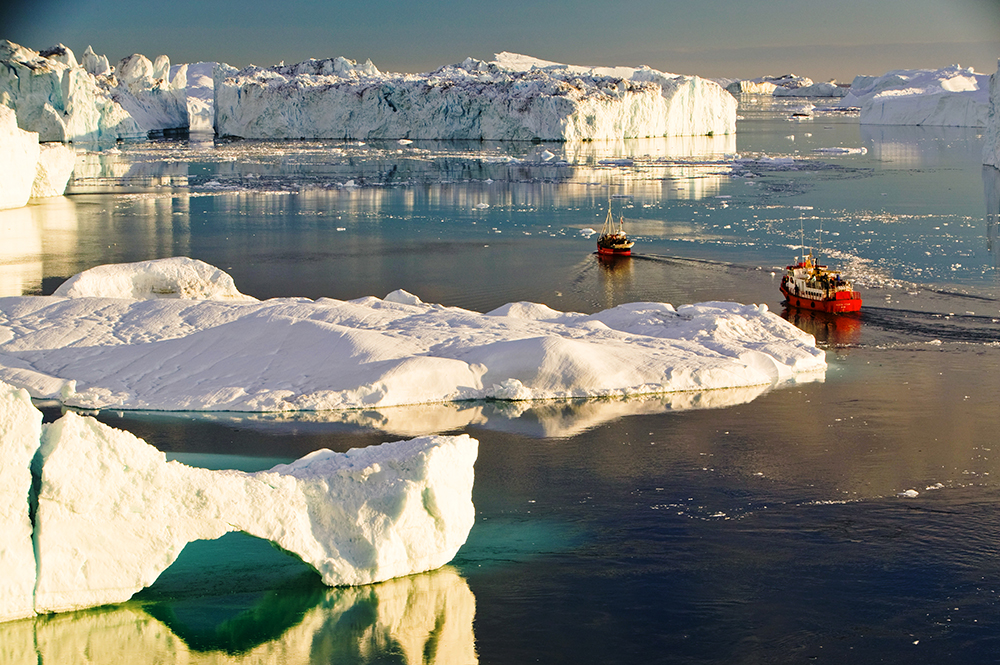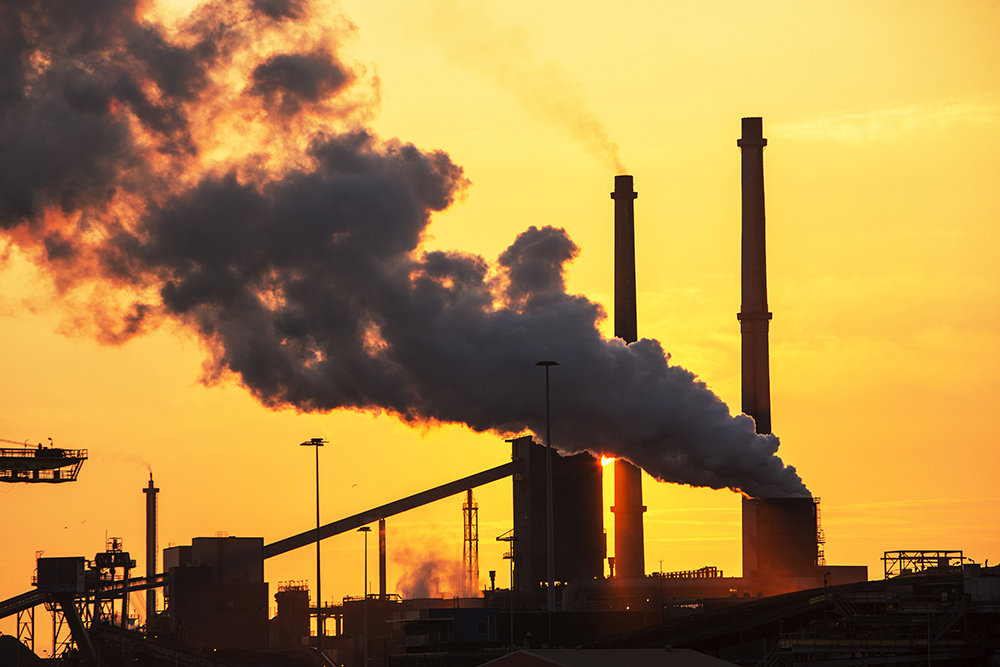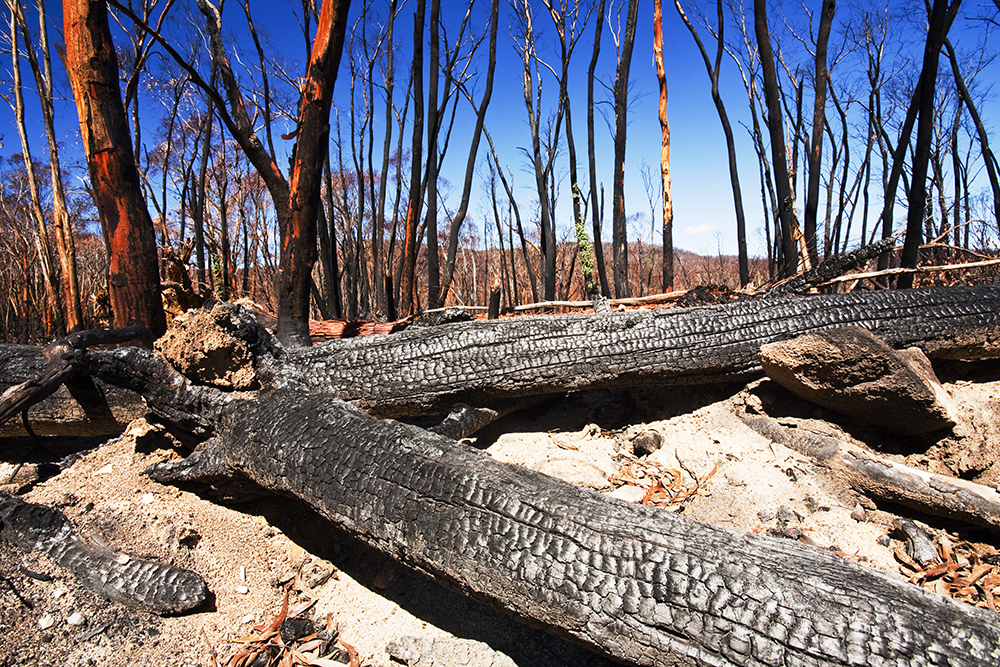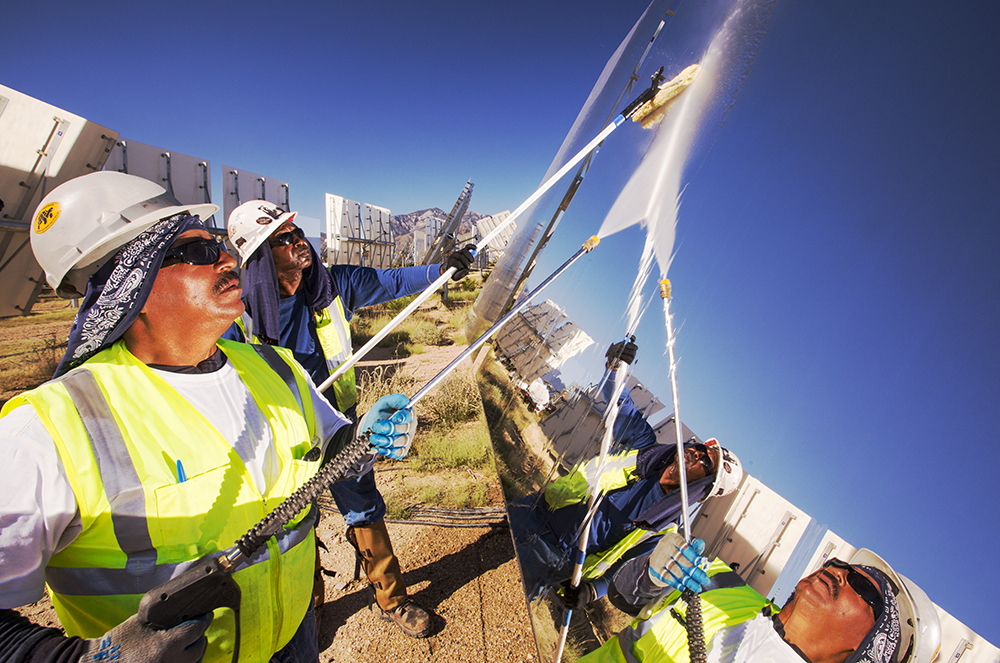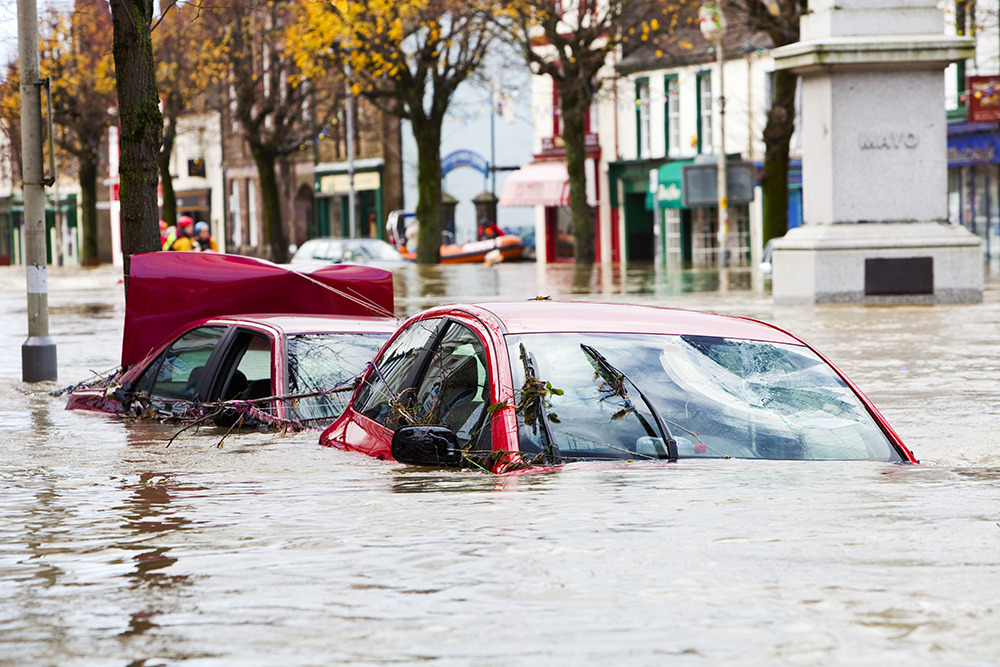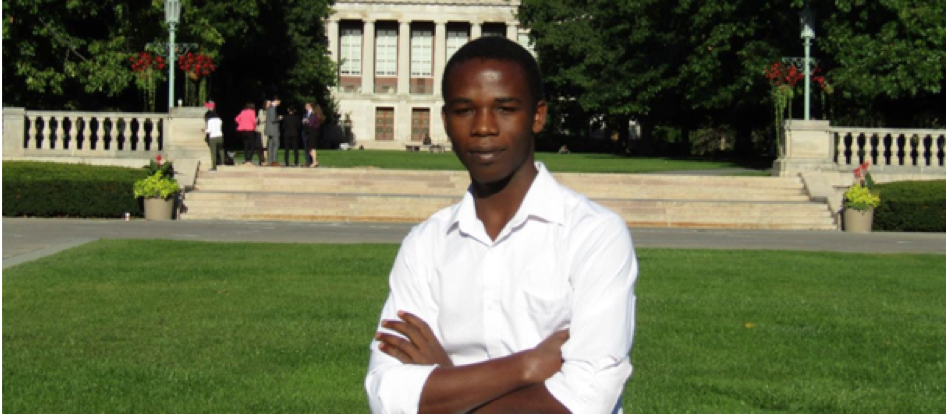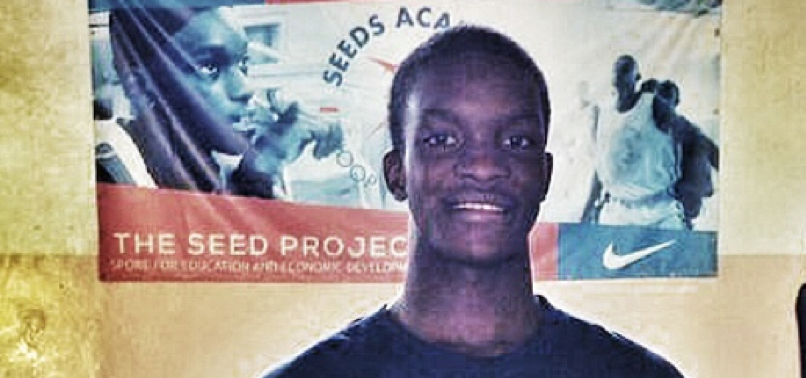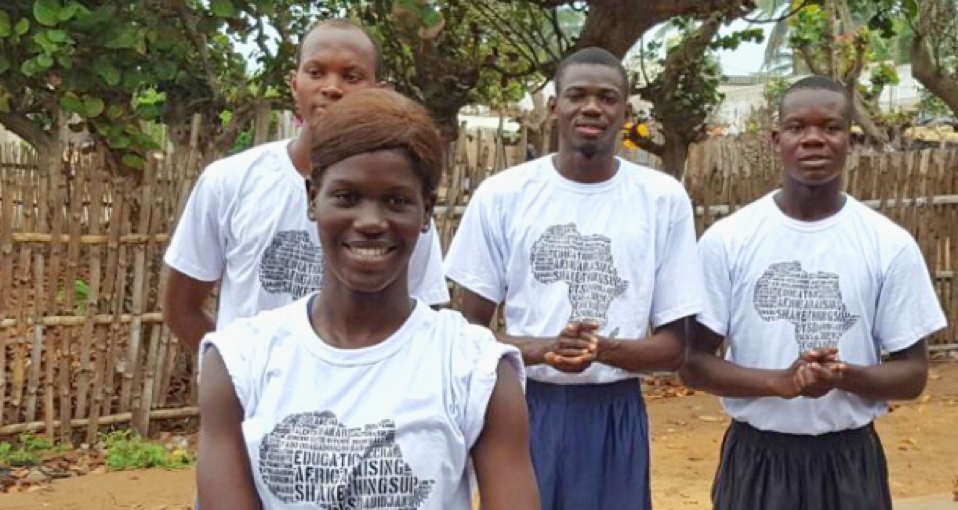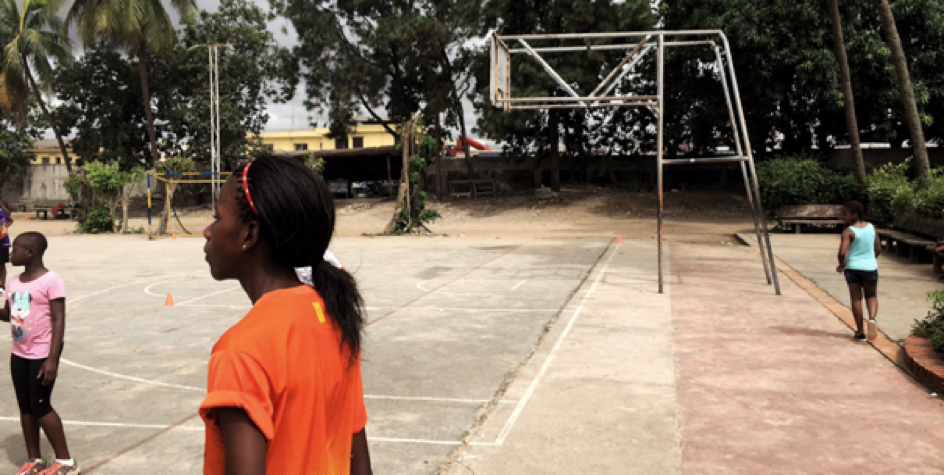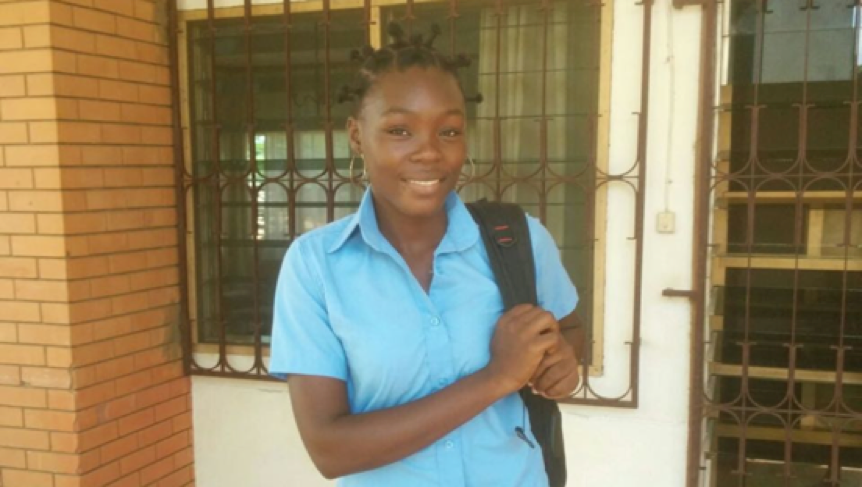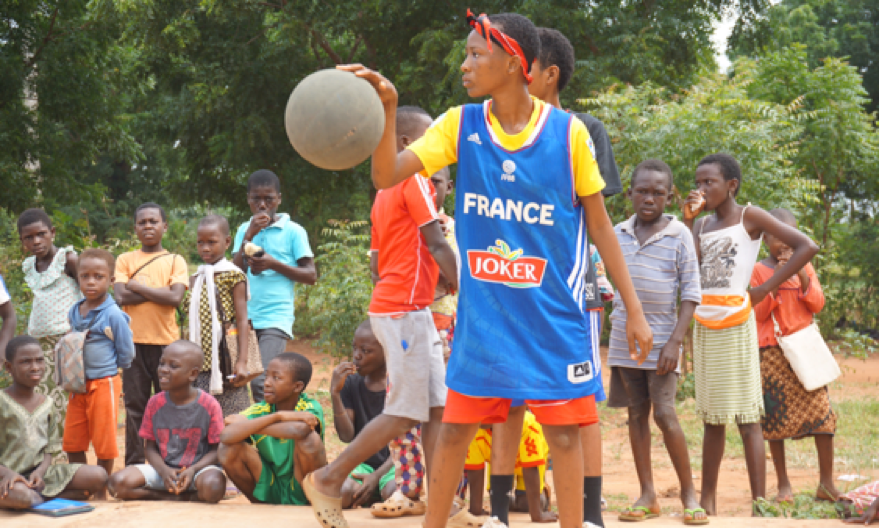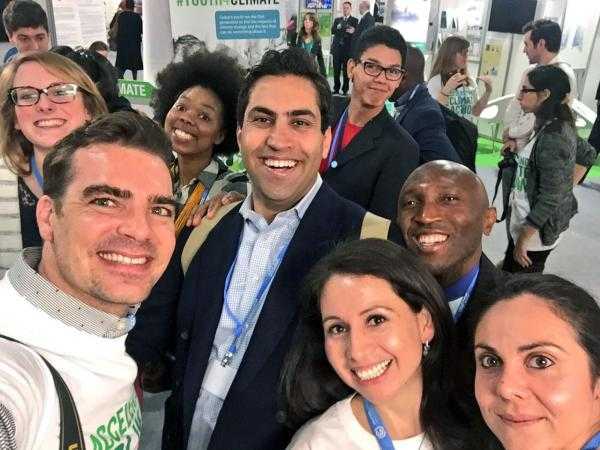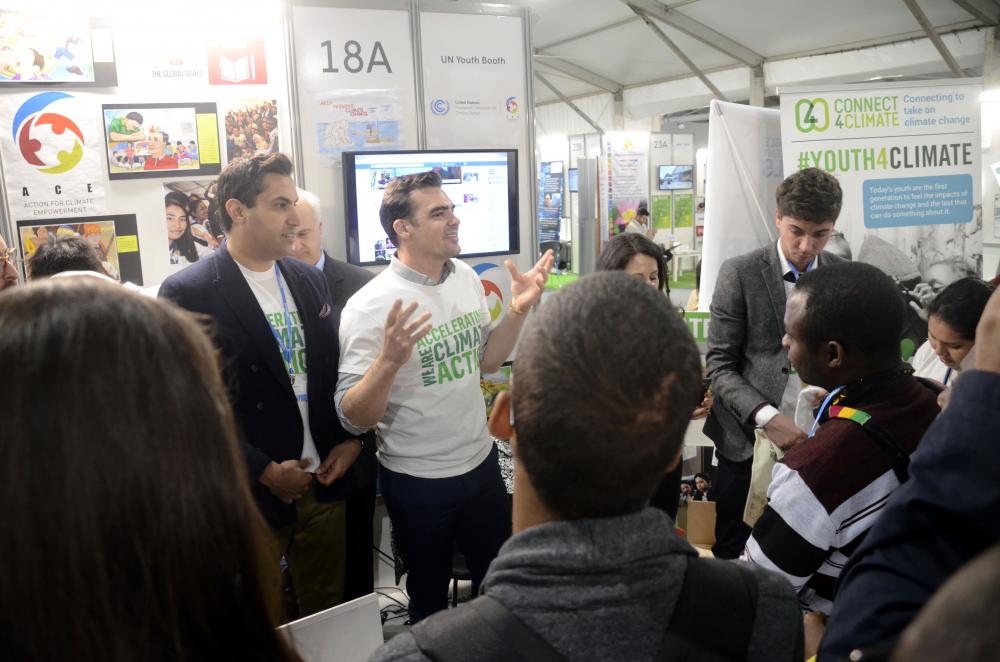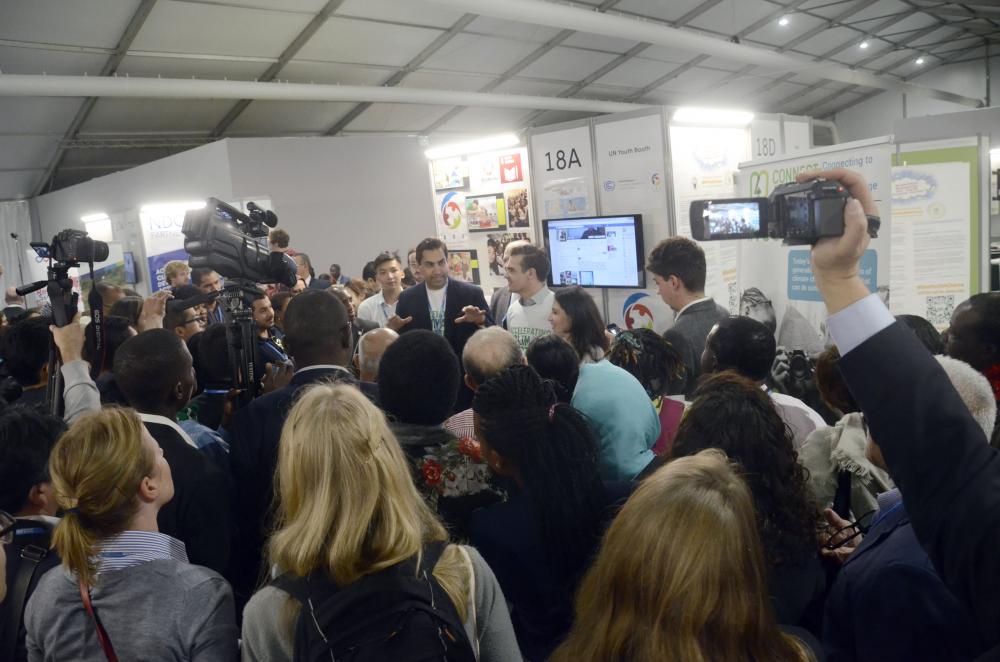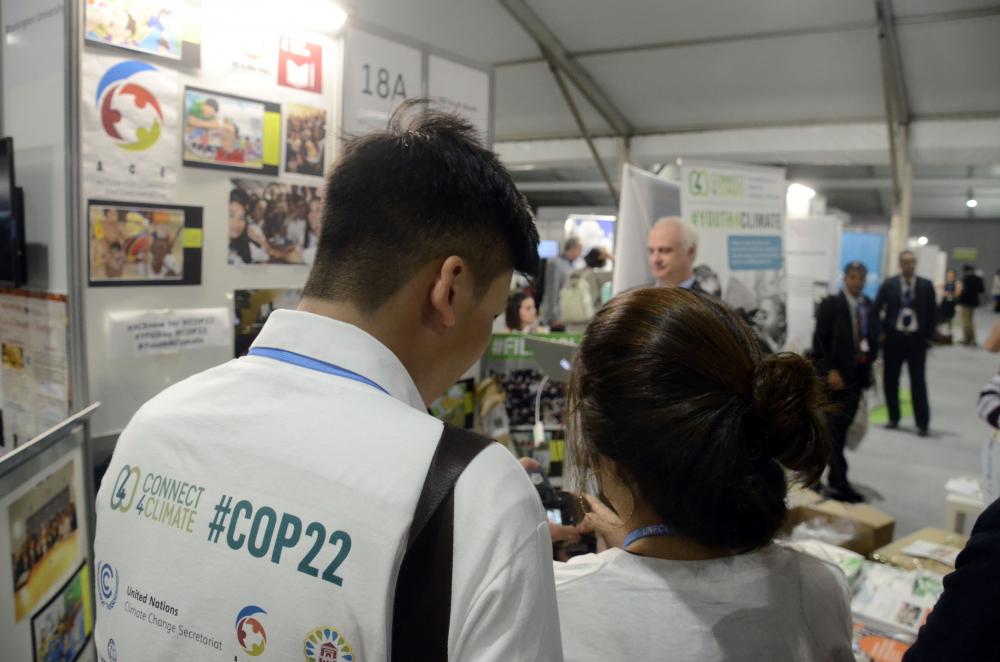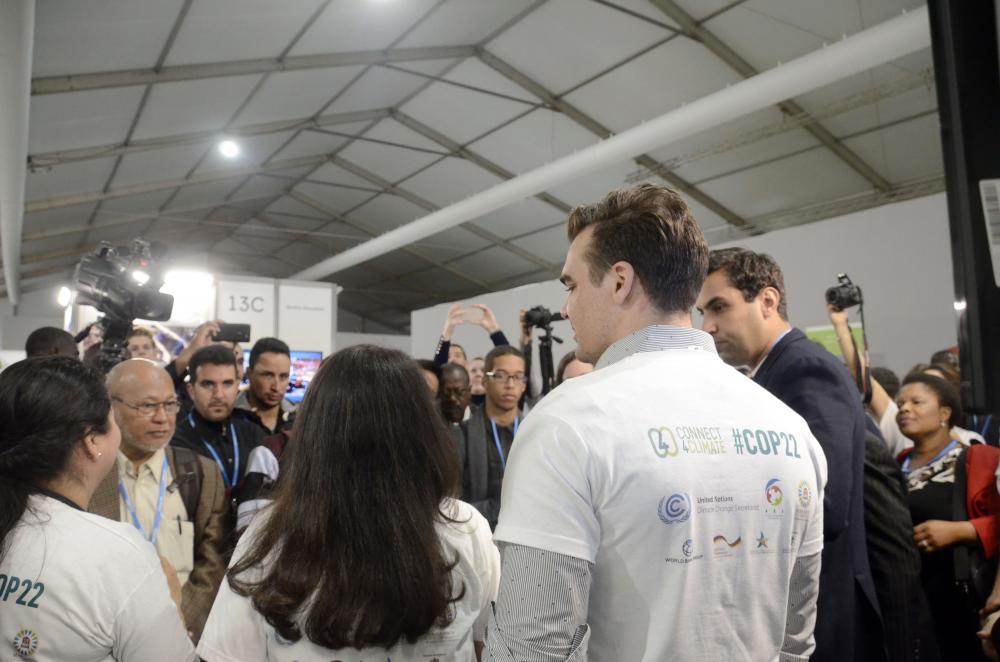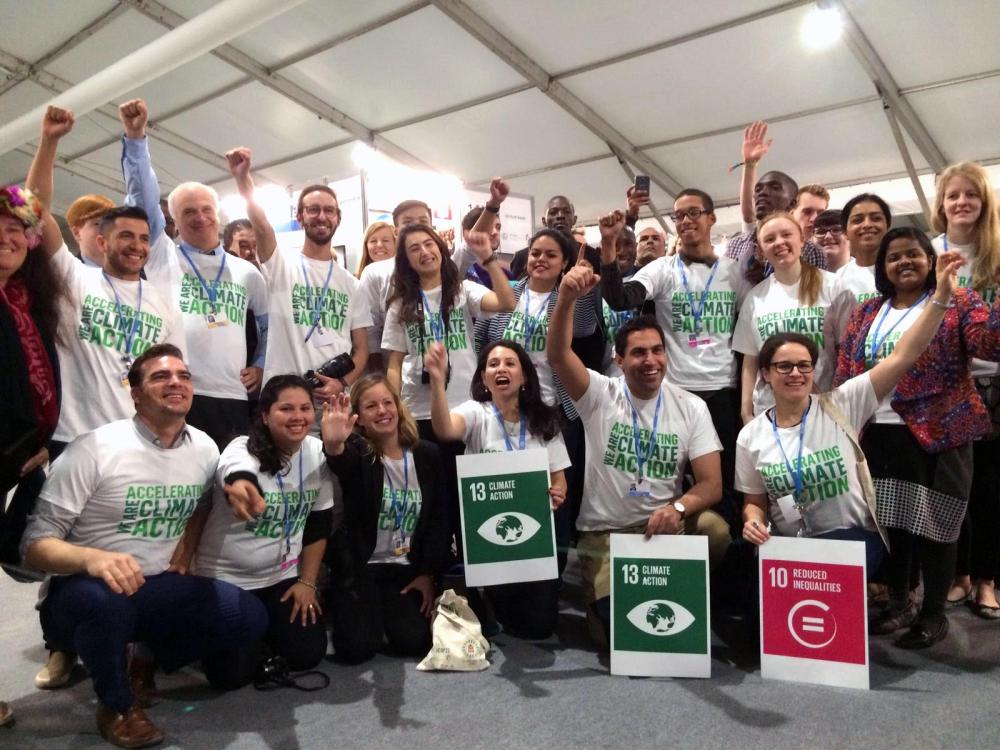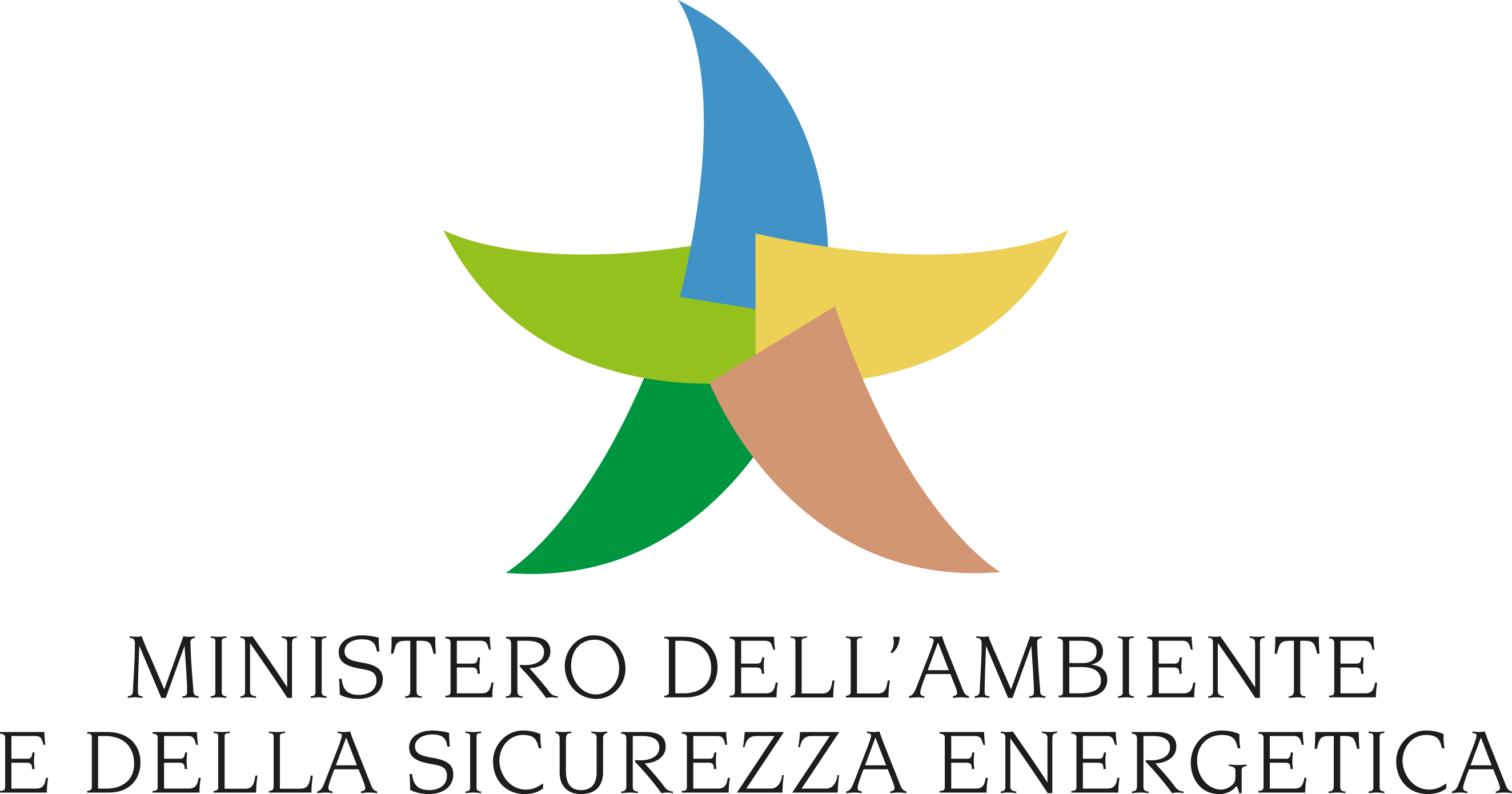
Sundarbans coastal people of Bangladesh are living in the dark. Villages are enveloped in darkness after the sunset. Women use kerosene lamps or have to cook food on daylight only. Students have to skip their study hours at night. Why? Most of the people in this area live below the poverty line. Their life and livelihood fully depend on the Sundarbans resources. They collect fishes, crabs, shrimp fry, honey, golpata (nypa frutican), and others, from the Sundarbans mangrove forest.
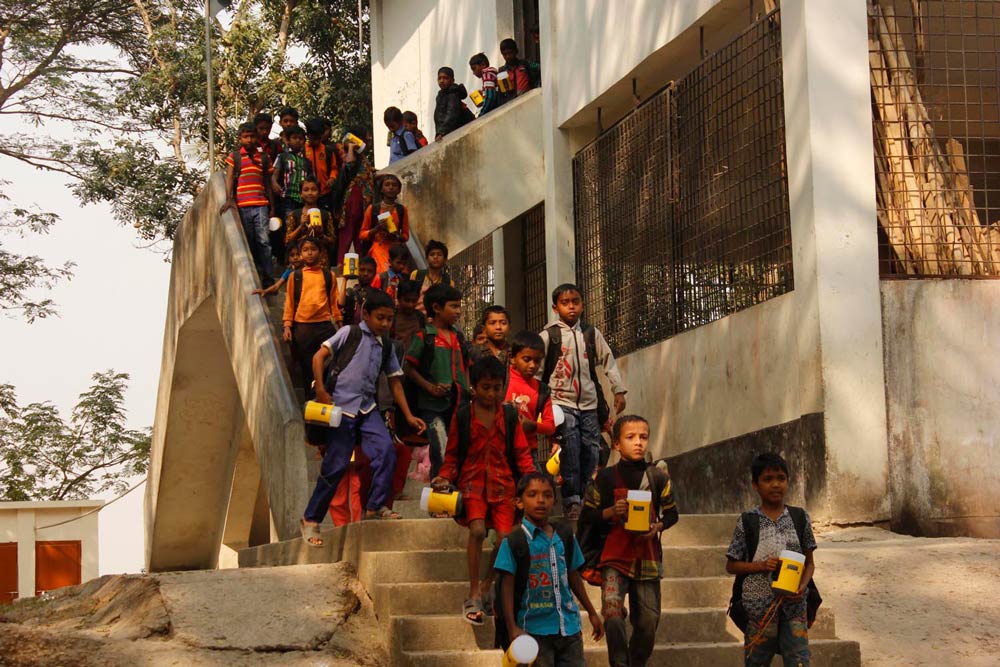
For solving these problems and in a step forward to help the community, Bangladesh Environment and Development Society (BEDS) has been working to promote clean energy at the non-electrified Sundarbans coastal area in Bangladesh with the help of Korea Green Foundation (KGF). To light up villages at night, an initiative is underway to distribute different types of 2800 Solar Lamps and 504 solar home systems among Sundarbans coastal area families and install three solar stations. These solar lights will decrease the need to purchase kerosene, which is associated with respiratory diseases and global warning.
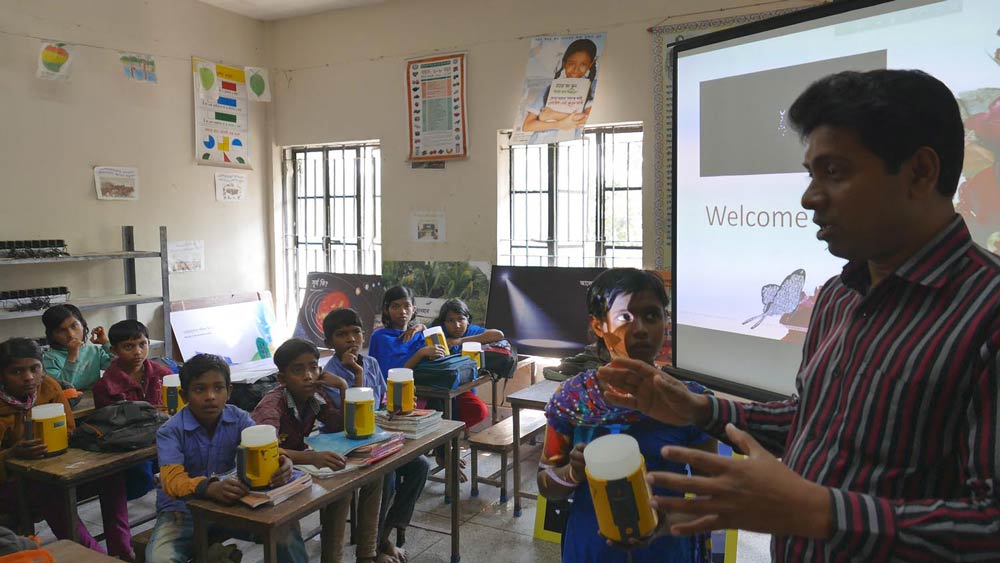
At a glance of our initiatives and results:
- Bangladesh Environment and Development Society (BEDS) and Korea Green Foundation (KGF) have distributed 2800 solar lamps and 504 Solar Home Systems among Sundarbans poor coastal families in Khulna, Satkhir, Bagerhat as well as among tribal people in Naogaon in Bangladesh from 2013 to 2017
- Three solar stations have been installed in our project sites from where approximately 3000 people are directly and indirectly benefited
- In previous times, 80% of the community was Kerosene dependent but now this percentage has been reduced to 10% and expenditure for light reduced to 30-200 (initially it was 200-600)
- A studio, a photocopy shop, and a battery charging service (Community Digital Center) have been established in the solar charging station, therefore, the community does not need to travel 7-8 kilometers to get studio and photocopy related services
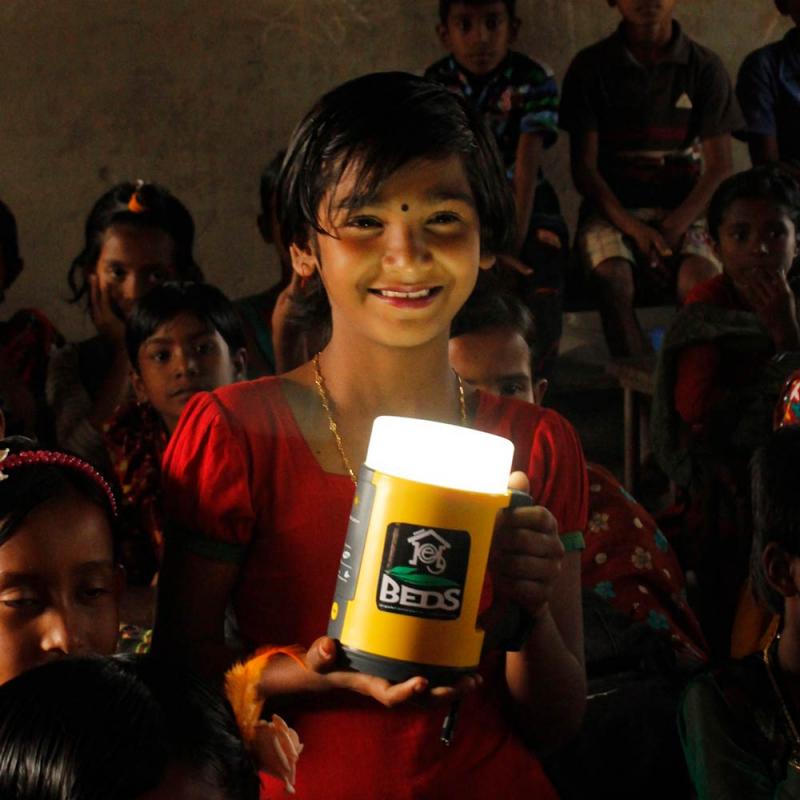
Key outcomes:
- One Union i.e. more than 17 villages are now enlighted by the solar energy
- Two schools and one Union Parishad building have been electrified due to the electricity produced at the solar station. Moreover, multimedia class has been introduced in the school
- Renewable energy education programs are being conducted in three project sites among students and community people to let them inspire on renewable energy usage
- The students and the community are getting solar lamp and battery facilities at a very cheap rate with nominal security money and a low-cost rental fee
- People can rent 30-130 ampere batteries as regular or irregular customers from the solar charging station
- Regular customers will pay the rent monthly, the irregular customers will pay on a daily basis. All kinds of batteries rent are cheaper than the local market price
- Solar lamp and batteries can be charged at a lower rent in the solar charging station in comparison to the local market
- Photography, photocopy, laminating and printing are available in “Community Digital Center” at very low-cost prices
- E-mail facility, online circular download, online job application, different internet facilities and data transfer in memory card are also available in “Community Digital Center” at a lower price than the local market
Young Award Short Film Winner of the Film4Climate Global Video Competition 2016 presented by Connect4Climate and partners
Resources
 https://www.youtube.com/watch?v=LK33lqx-Tog&index=2&list=PLXpB73IOgf7QCGBxfc_E4grs3xmkt8lpX
https://www.youtube.com/watch?v=LK33lqx-Tog&index=2&list=PLXpB73IOgf7QCGBxfc_E4grs3xmkt8lpX
 https://www.youtube.com/watch?v=L1Xh3sFGlvg&index=3&list=PLXpB73IOgf7QCGBxfc_E4grs3xmkt8lpX
https://www.youtube.com/watch?v=L1Xh3sFGlvg&index=3&list=PLXpB73IOgf7QCGBxfc_E4grs3xmkt8lpX
 http://www.thedailystar.net/backpage/solar-lamps-brightened-their-lives-1340548
http://www.thedailystar.net/backpage/solar-lamps-brightened-their-lives-1340548
